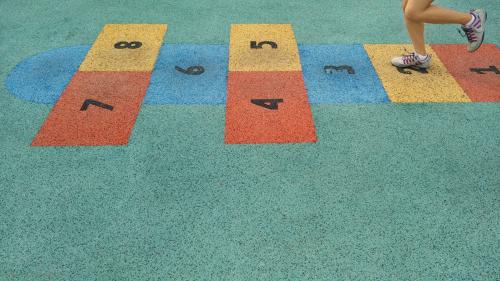Editor’s Note: This paper was first published in Spanish by Fundación Sistema, Vol. 213, 11/2009.
Introduction
The basic architecture of development assistance—aid as it has come to be known—is changing at an accelerated pace. Over 60 years, a network of national and international aid agencies and programs has been built “to promote social progress and better standards of life for all peoples”. While the foundations of today’s aid architecture were laid during World War II, with the creation of the Bretton Woods institutions and the stunning success of the Marshall Plan, the structures put in place reflect a steady evolution of events: decolonization, the Cold War, and, more recently, responses to oil shocks and other economic forces linked with globalization (the New International Economic Order of the 1980s), environmental pressures, democratization and the collapse of dictatorships in many developing countries and managing fragile states.
With each event, aid agencies and policies adapted. In some cases, new agencies were created to fill perceived gaps and needs. By the beginning of the 21st Century, the aid architecture no longer resembled its initial design.
The number of official aid agencies has mushroomed. Through the 1970s, the U.S., France and the U.K. accounted for three-quarters of total official development assistance. Today, these three countries account for only 40 percent. There are 20 other countries that form part of the main donors’ club—the Development Assistance Committee of the OECD, that explicitly tries to coordinate the effort of its members. Many of these countries have several agencies that provide development assistance. As a result, there are over 126 bilateral agencies from DAC countries providing official development assistance. In addition, outside the DAC, there are at least 23 other countries that give aid—mostly well-off countries, but an increasing number of large middle income countries as well, such as China, India, Brazil and Turkey, who are active in their neighborhoods and in selected countries where they have strategic interests.
It is not surprising that as countries get richer they take on more responsibilities for managing global affairs. From that perspective, the growing number of donors is a positive sign of global progress and in the perceived usefulness in giving aid. More surprisingly, there are at least 263 multilateral aid agencies, ranging from large well-known bodies like the International Development Association (IDA), that operates in 80 of the world’s poorest countries and that has provided $161 billion dollars since its inception, to small and highly focused organizations like the International Network for Bamboo and Rattan. These agencies raise funds from both private and official grants. Many are multilateral programs funded by foundations and governments. They are designed as a channel to aggregate and pool bilateral aid to make it more effective and efficient.
The Brookings Institution is committed to quality, independence, and impact.
We are supported by a diverse array of funders. In line with our values and policies, each Brookings publication represents the sole views of its author(s).



